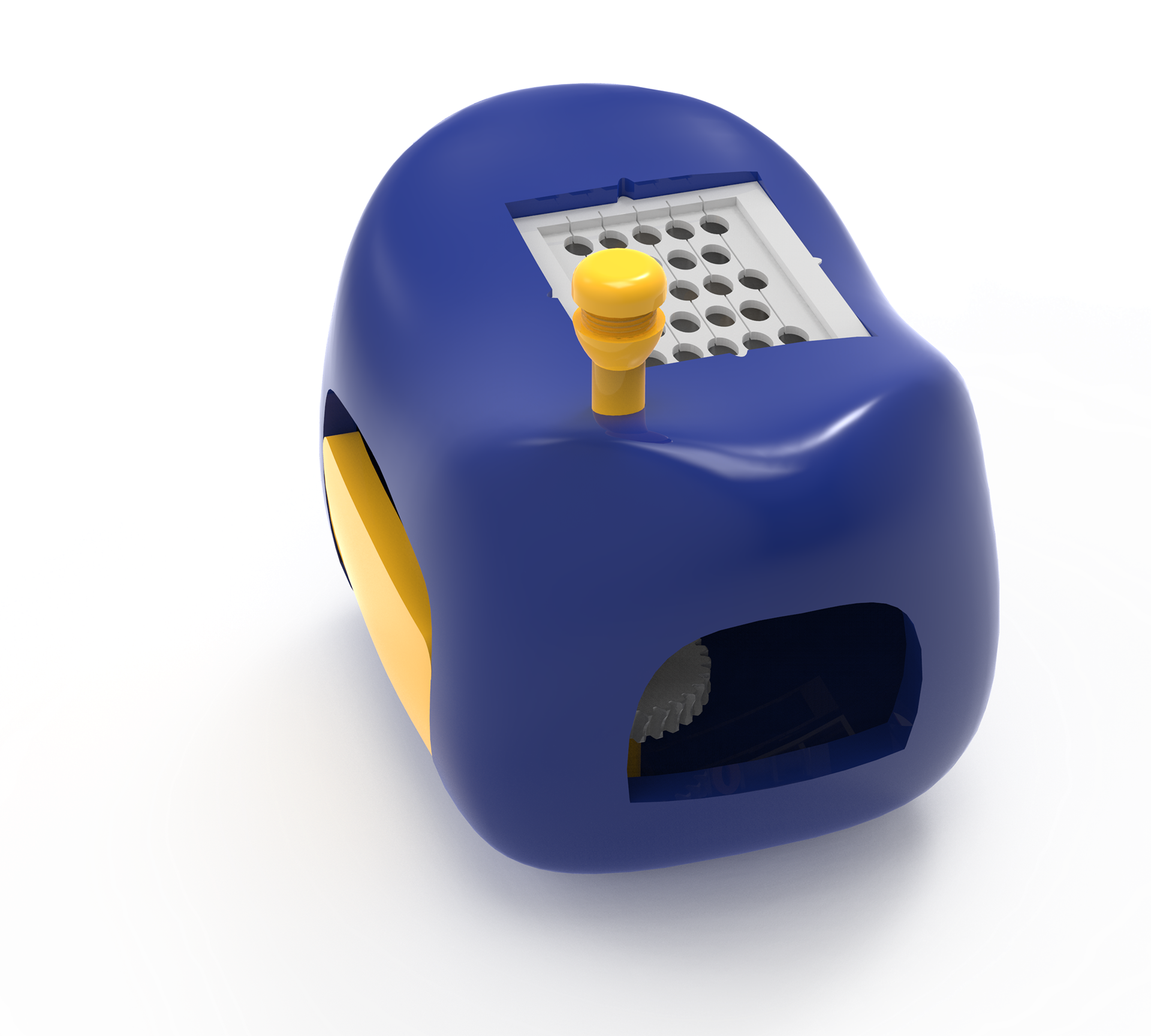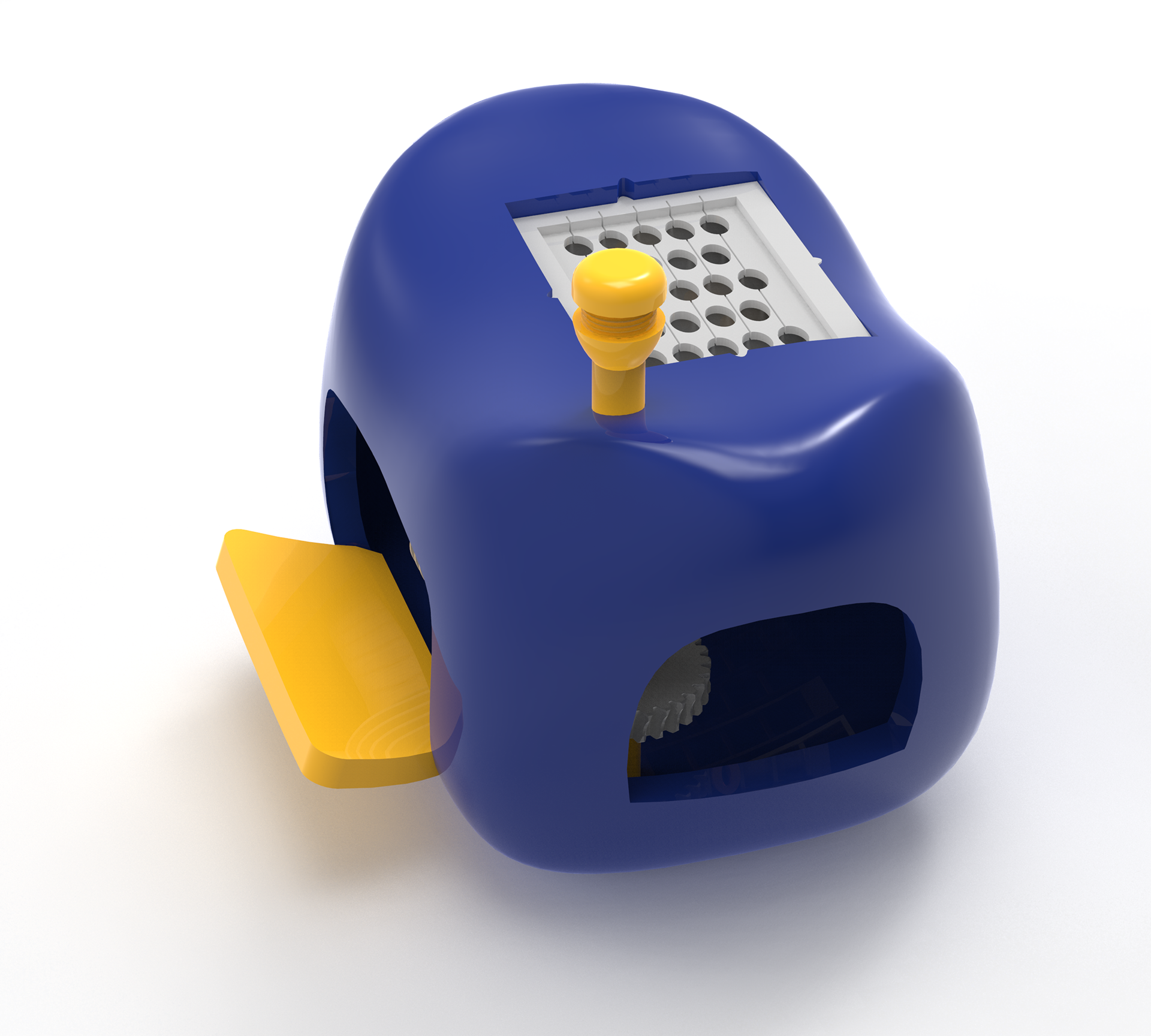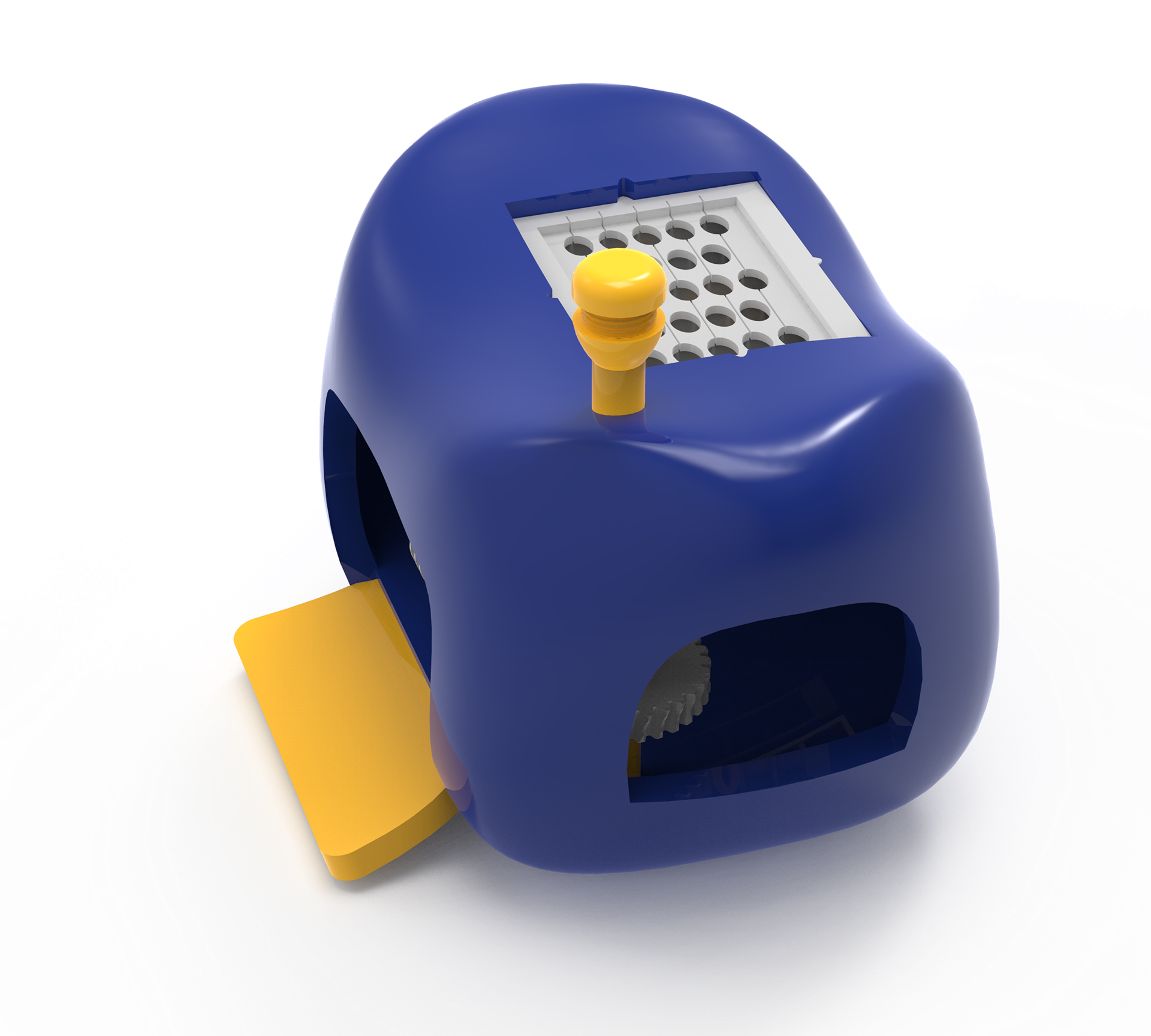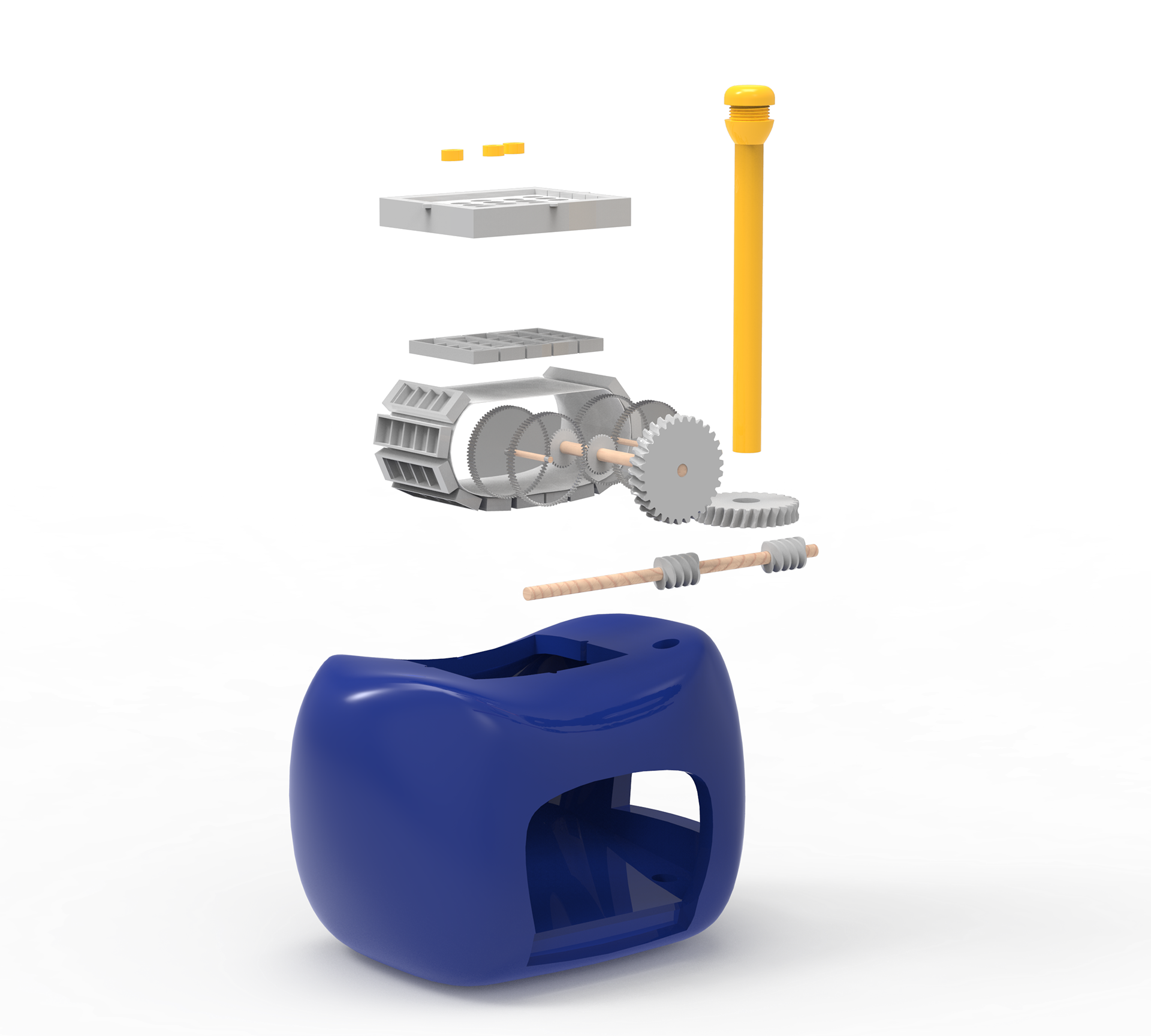EDUCATIONAL CHILDREN'S MUSIC TOY.
design brief: Improving the auditory processing skills of children ages 4-7 through a customizable, visibly interactive music composition toy that grows with their developmental needs while strengthening their physical and mental development.
role: Product Designer
CHILD DEVELOPMENT.
Children have specific developmental milestones that improve their abilities to navigate the world. Through interaction and exposure, these skills can be improved with external stimuli. By conducting a deep-dive initial research analysis into the specifics of fine motor control and ear training for 6-year-olds, my design foundation influenced the process on how I found a solution to help children gain an educational learning experience tailored to each individual's growth.
USER NEEDS.
To consider a children's toy, it was also important to take a larger view of how another important stakeholder, the parent, influenced the design of a toy. Following stakeholder interviews with toddler parents and teachers in preschools, I discovered that the most important factor for a designing a child's toy was the need for it to be portable to keep a child engaged but also convenient for the parent to have.
CONCEPT IDEATION.
Two criteria were most important to designing an educational music toy: the audio component, and the physical interaction component. My sketches centred around discovering how to translate physical movement from a child into a direct correlation to musical output. Over 50+ form concepts and designs converged into three primary concepts that had a continuously-interactive, portable shape for modular play.
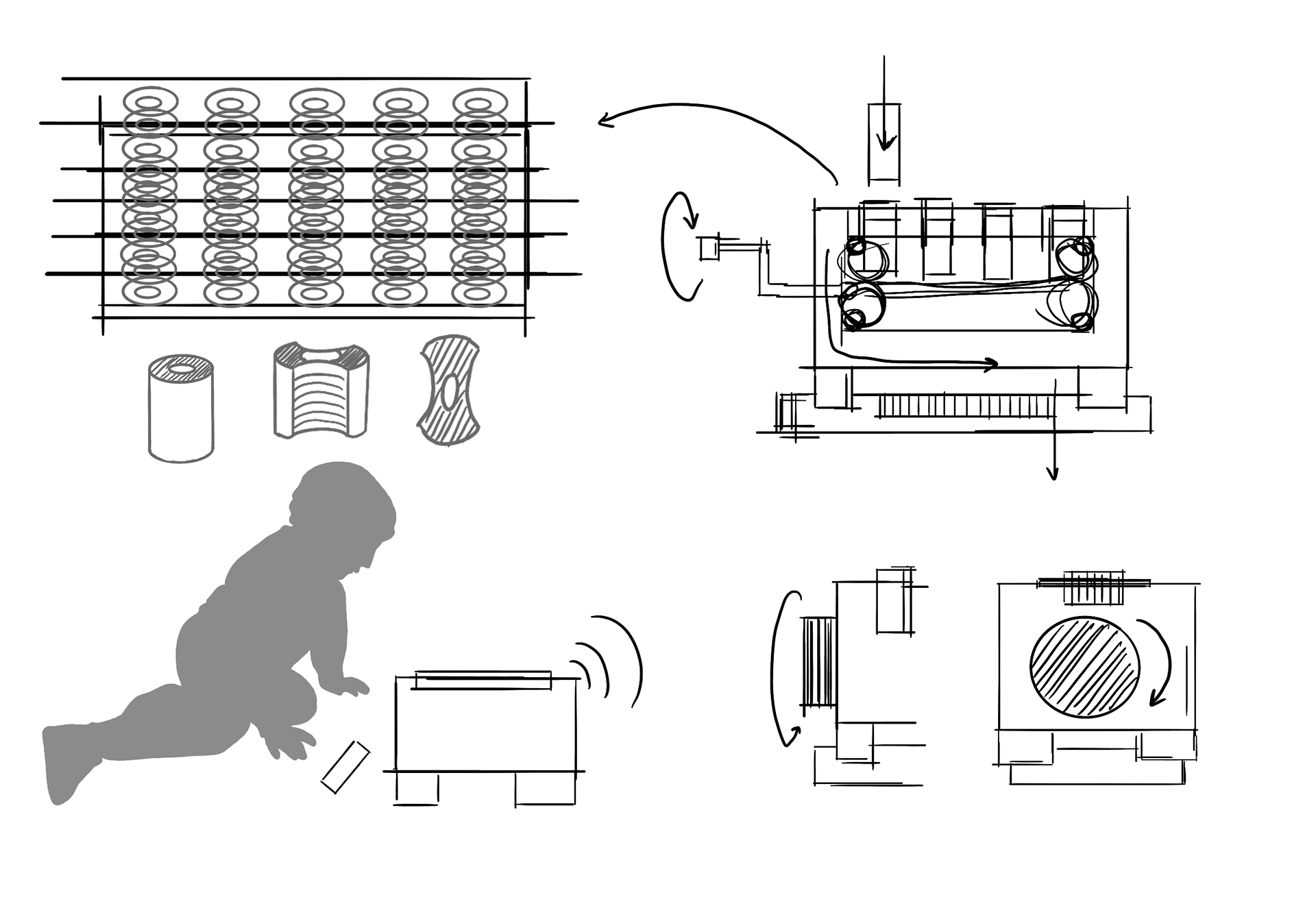




WORKING MODELS.
To prototype the moving parts, I utilised an Arduino redboard wired to a speaker to produce the electronic musical elements and 3D printed test gears inserted into laser-cut plastic to test out control of the rotational axes with moving parts. The gear ratio, size of teeth, and number of internal parts had to be defined through repeated physical testing to finalize the smoothness of movement and control compatible with a child's fine motor skills.
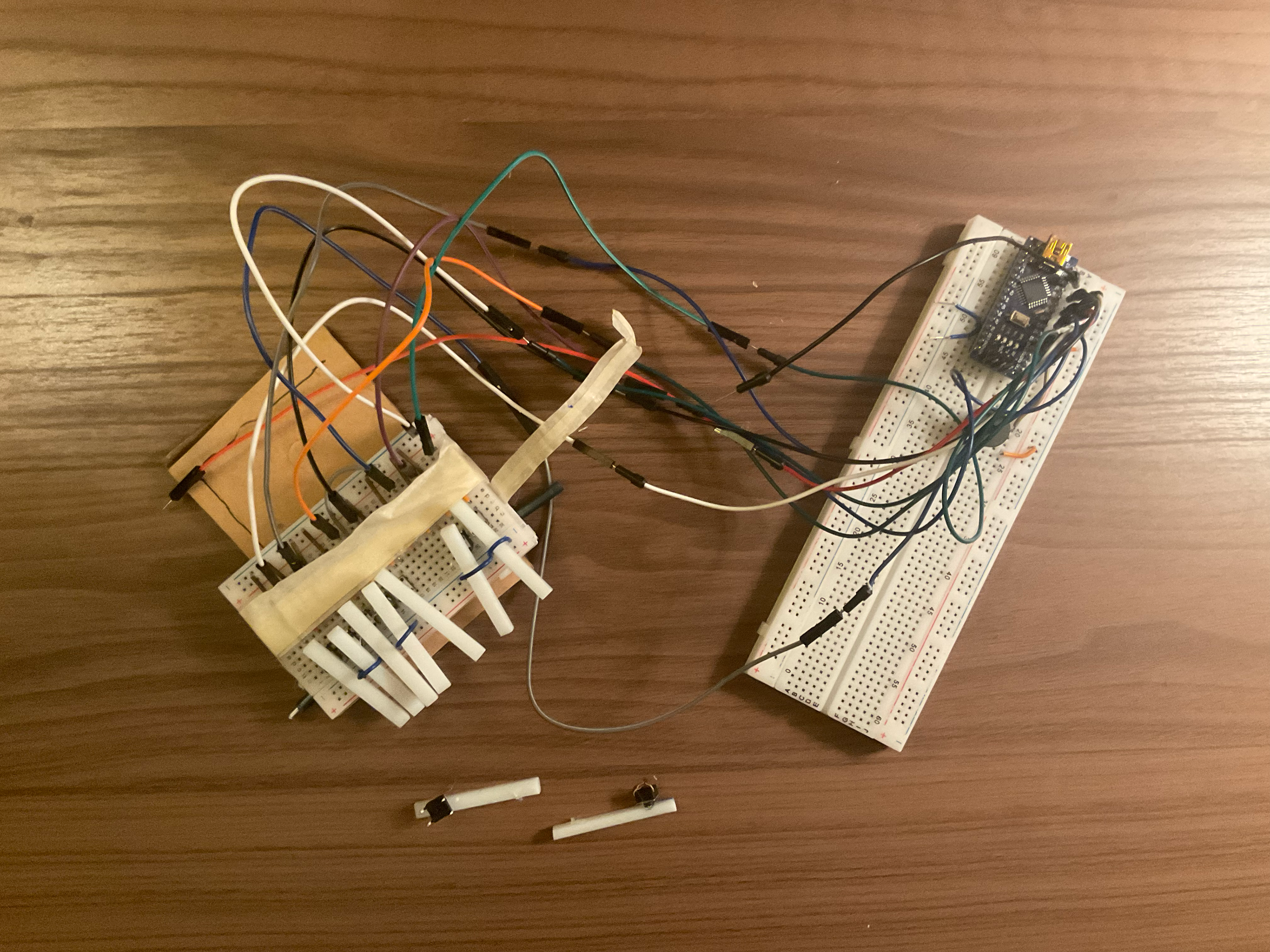
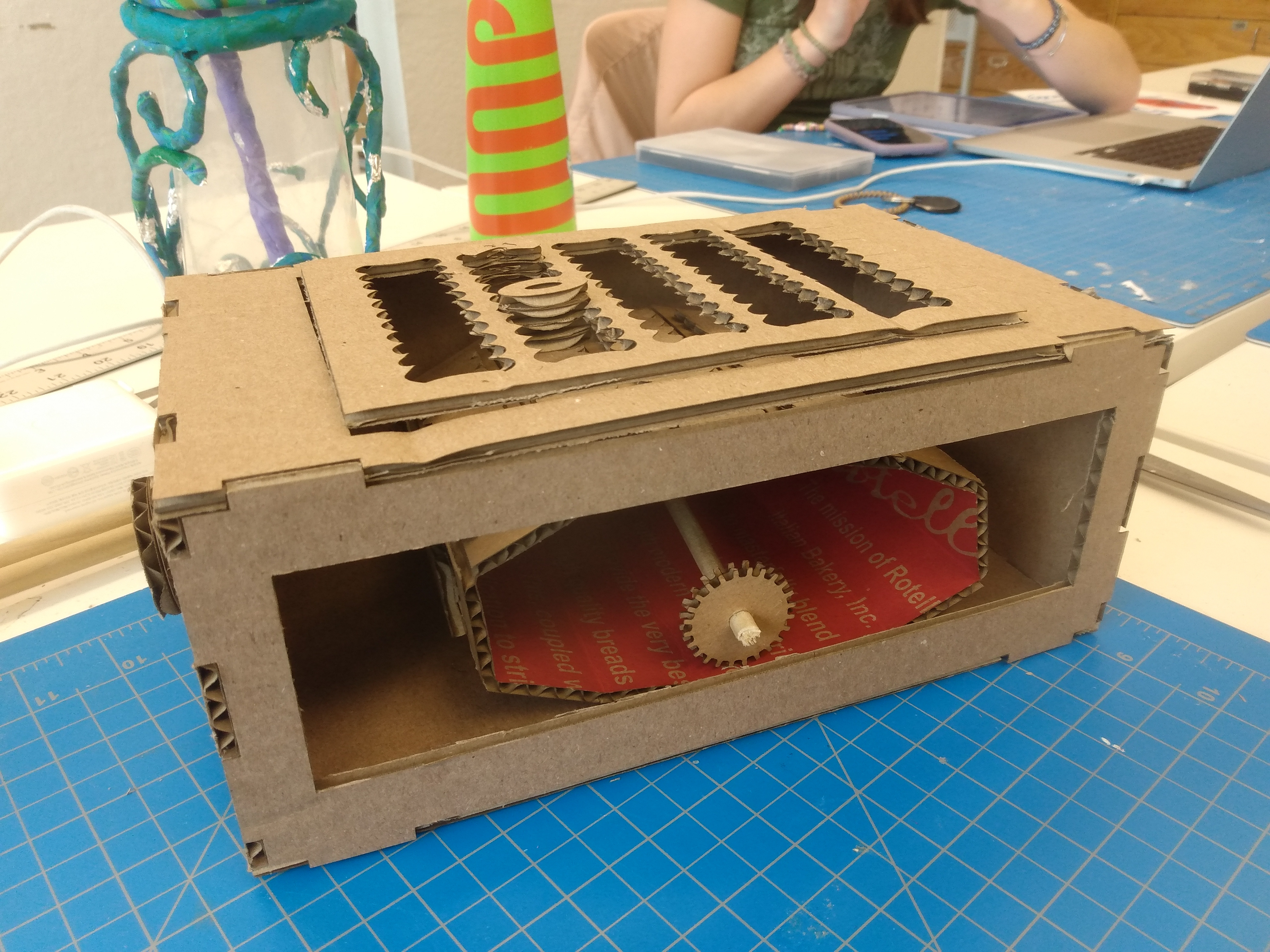
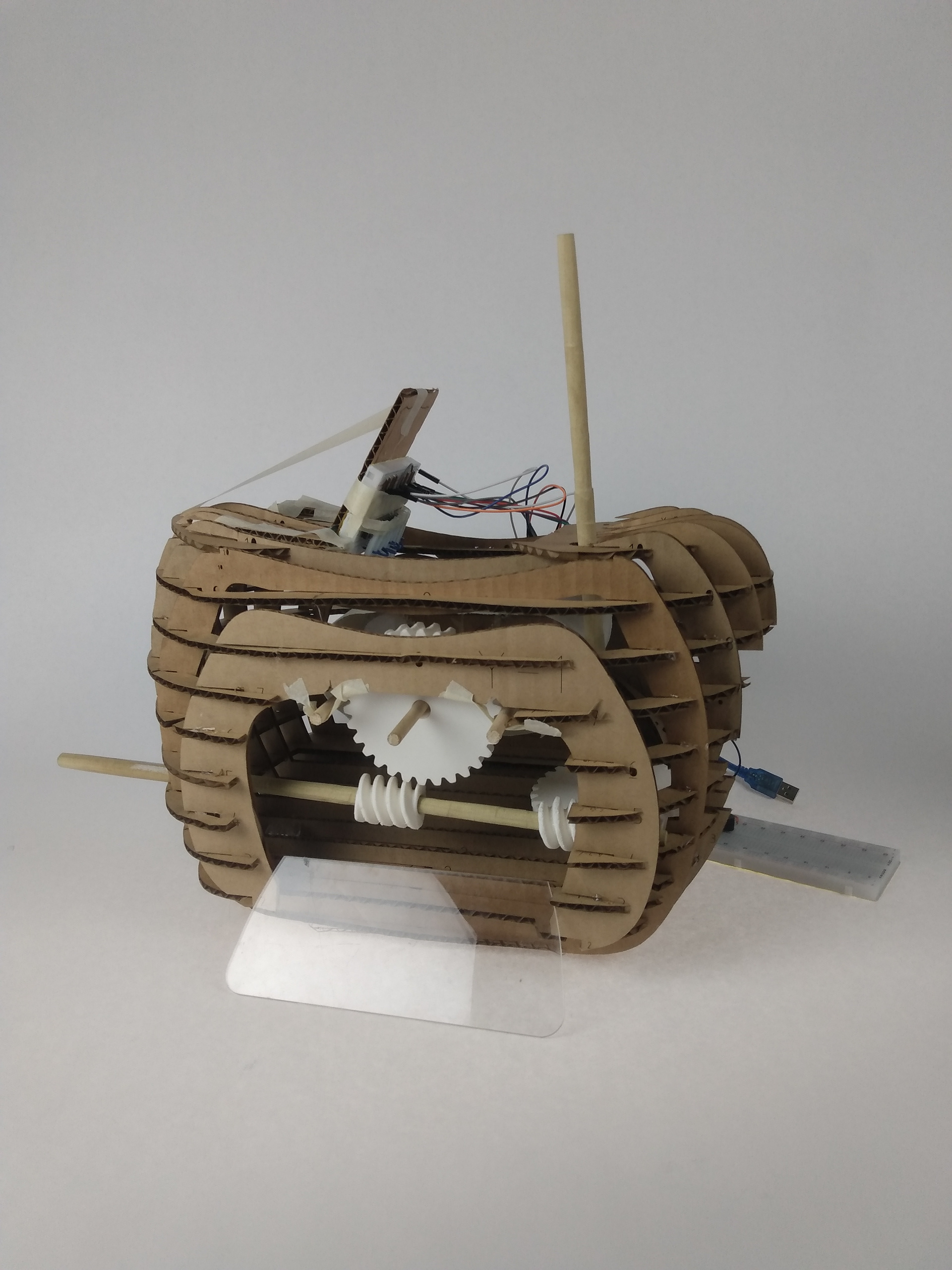

GEAR SYSTEM.
The moving music tray is set on an internal conveyor belt that translates the rotational motion of the handle to horizontal movement. The depth of each tray slot prevents the notes from falling out until it reaches the bottom, which slips out through the front flap for easy access. The hidden internal gears prevent children from getting their fingers stuck or caught on the system.
USER FLOW.
Intended to be used with minimal parental supervision, the colours of Notebound indicate what parts the child can interact. The blue body is differentiated by bright yellow components such as the turning handle, front flap, and individual note pieces.
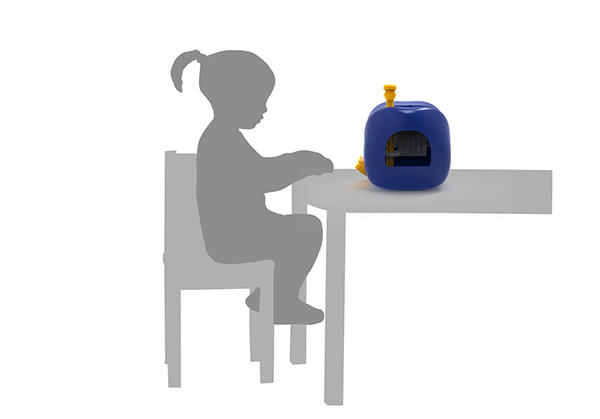
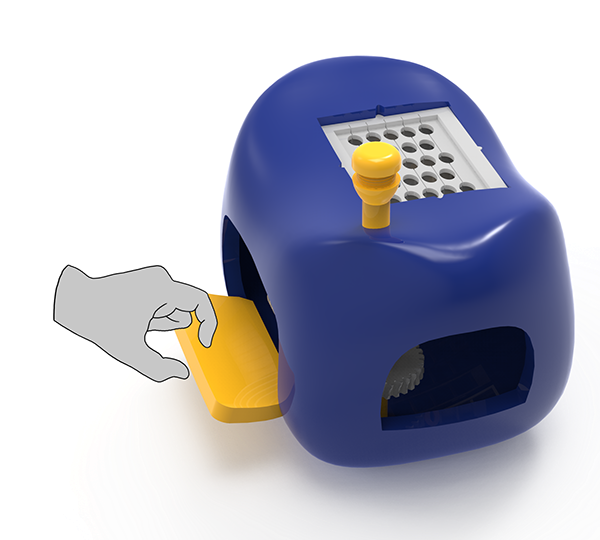
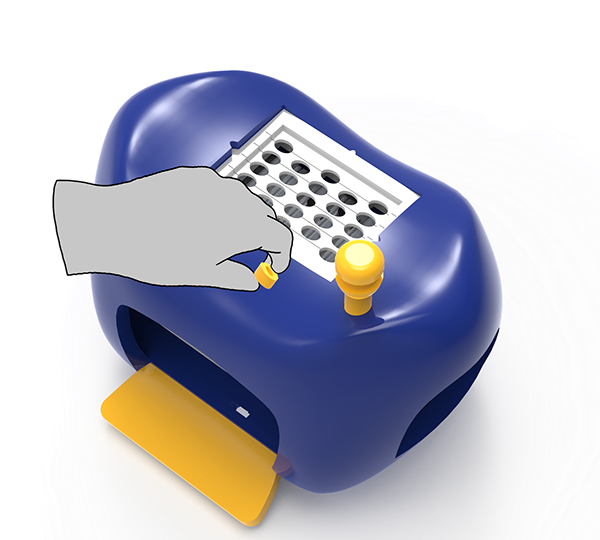
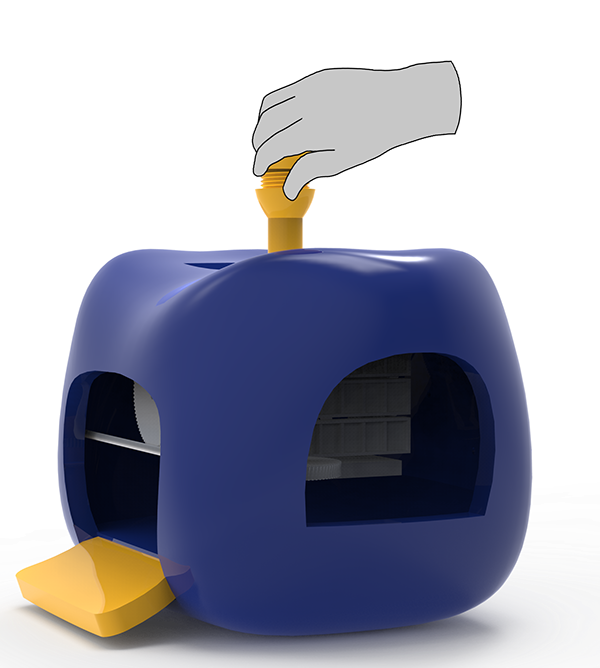
MUSICAL COMPOSITION.
By placing the music notes onto the top sheet music tray, a child can learn how to read and use sheet music to produce multiple notes at once by visually seeing the differences between each note. Once it falls into the slot, the turning belt pushes each note into a unique button sensor that plays its corresponding note out loud. Once played, the score falls back out in the front for re-use.
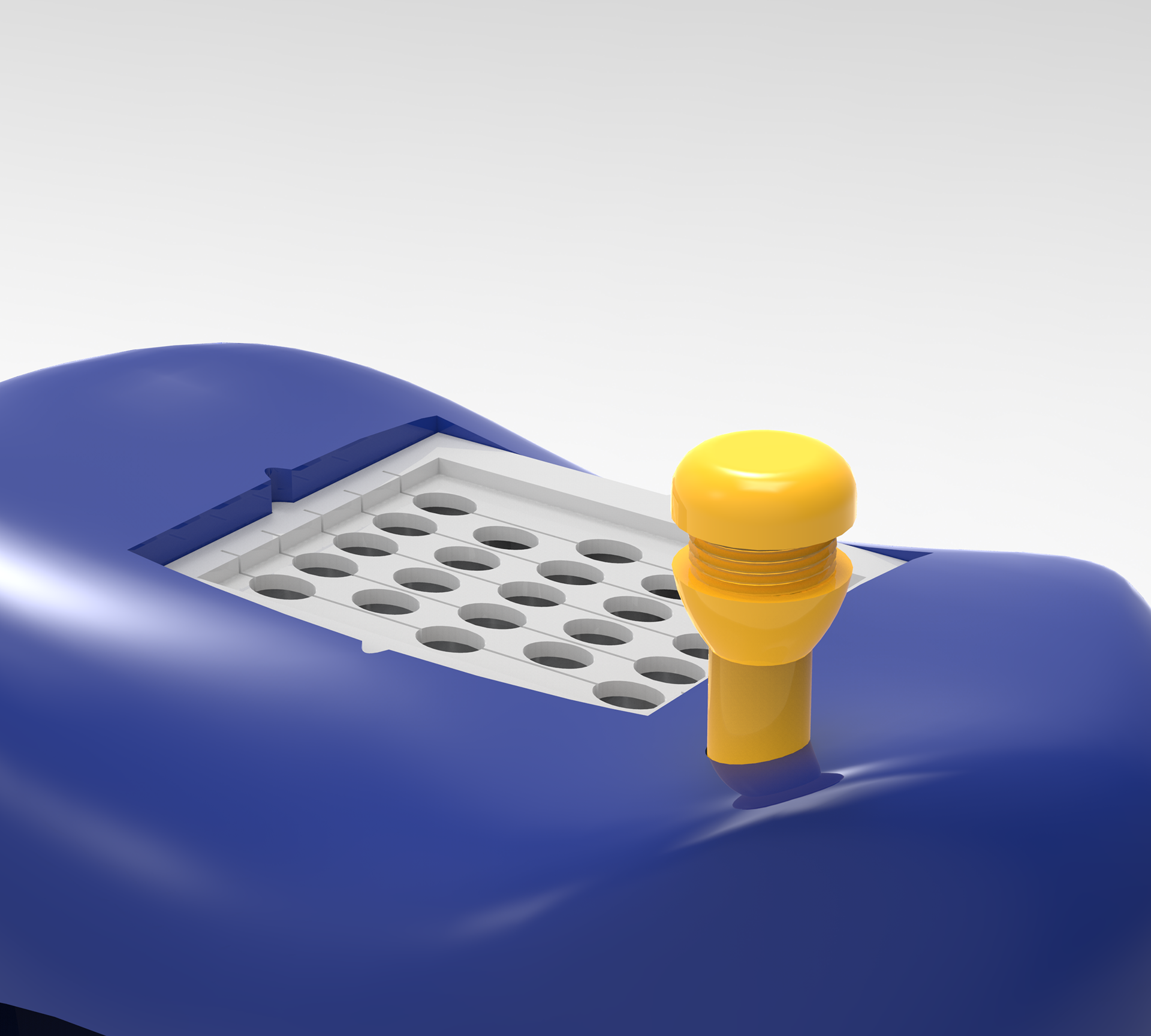
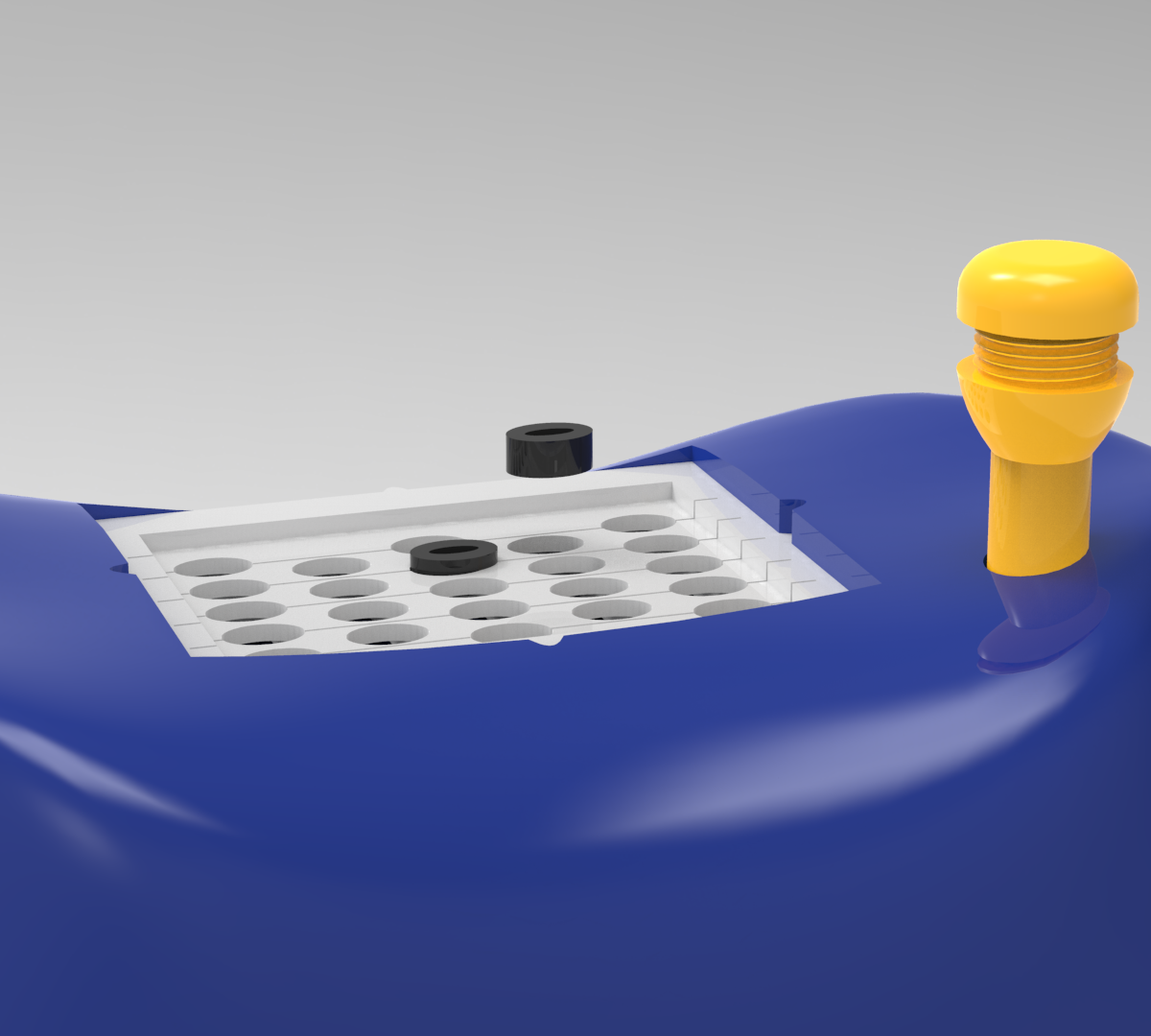
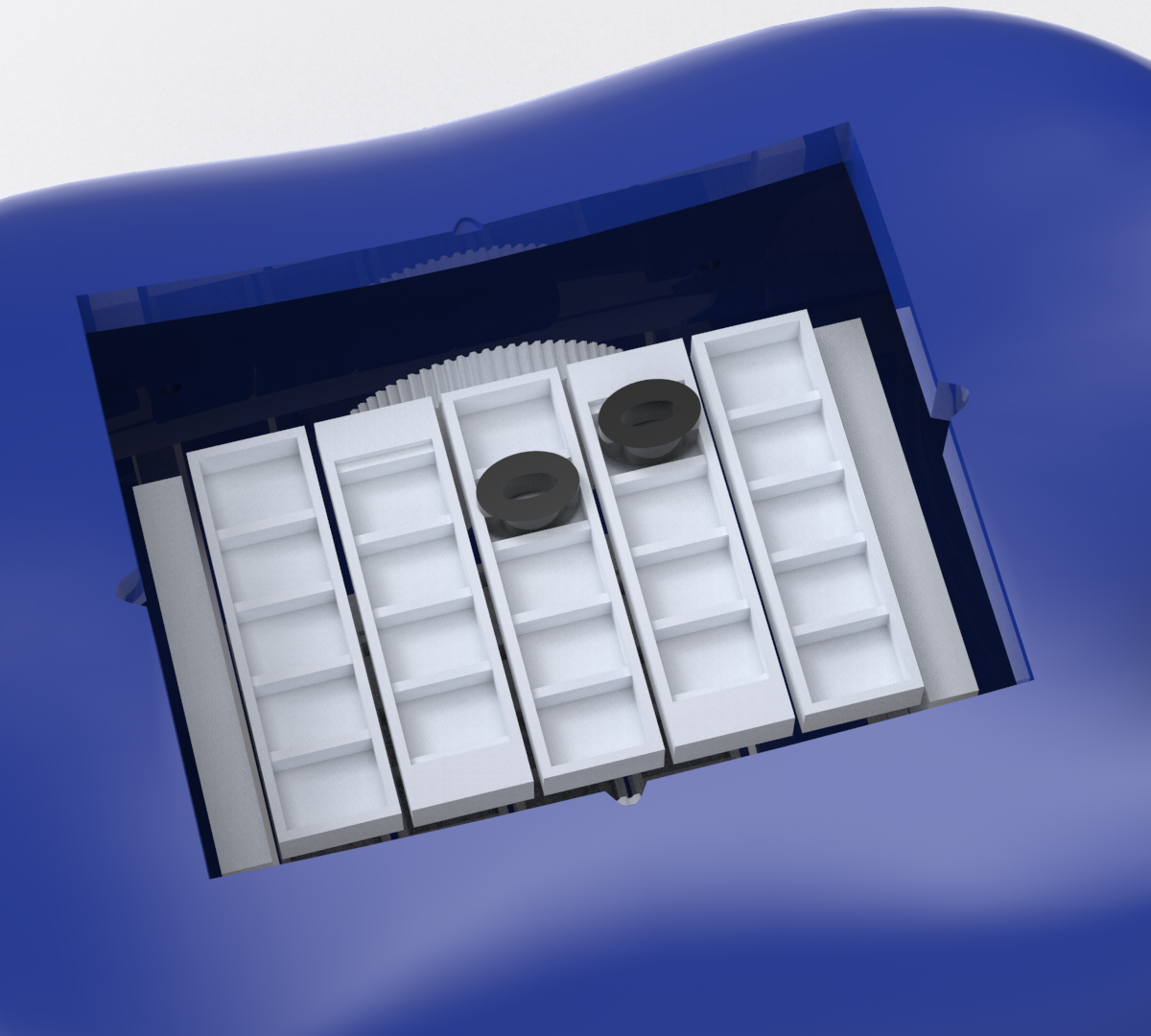
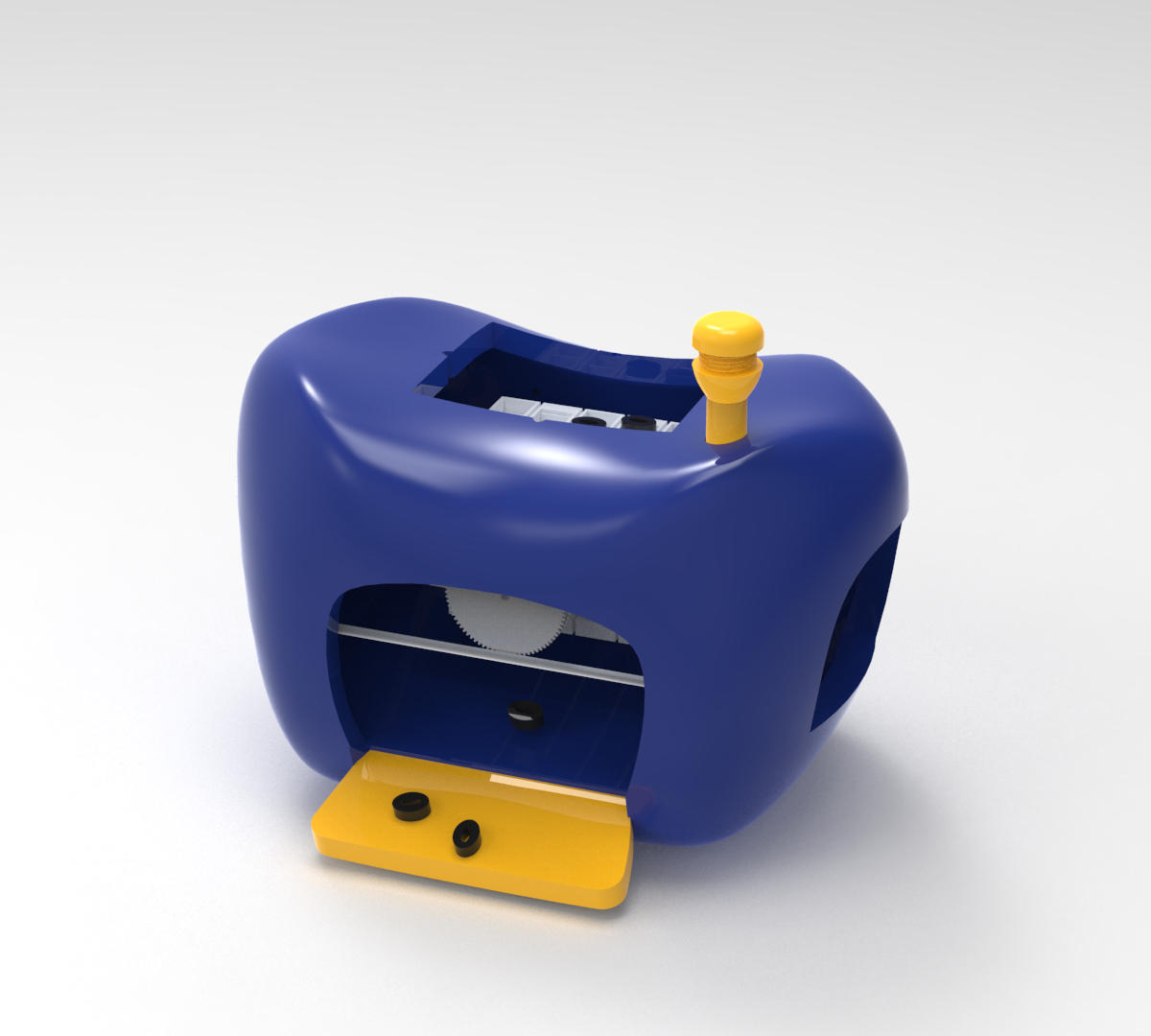
PORTABLE DESIGN.
The toy's front door stores all music notes internally that lets children and parents carry Notebound on-the-go. When opened, the door converts into a ramp that lets the music pieces fall out directly in front of the user from the internal tray.
